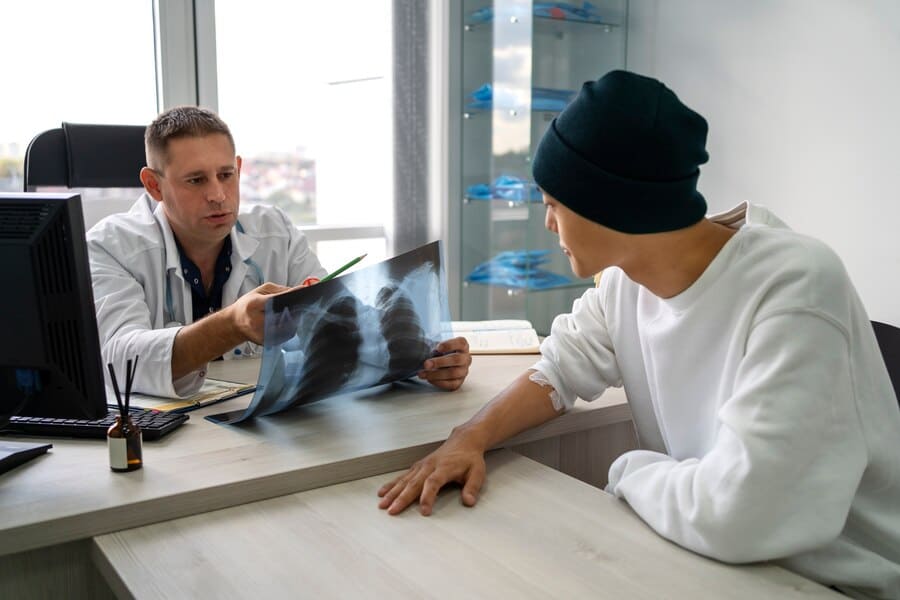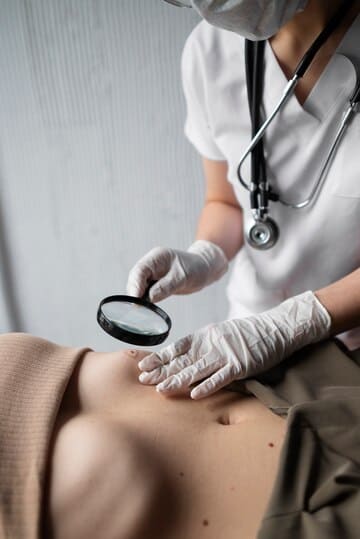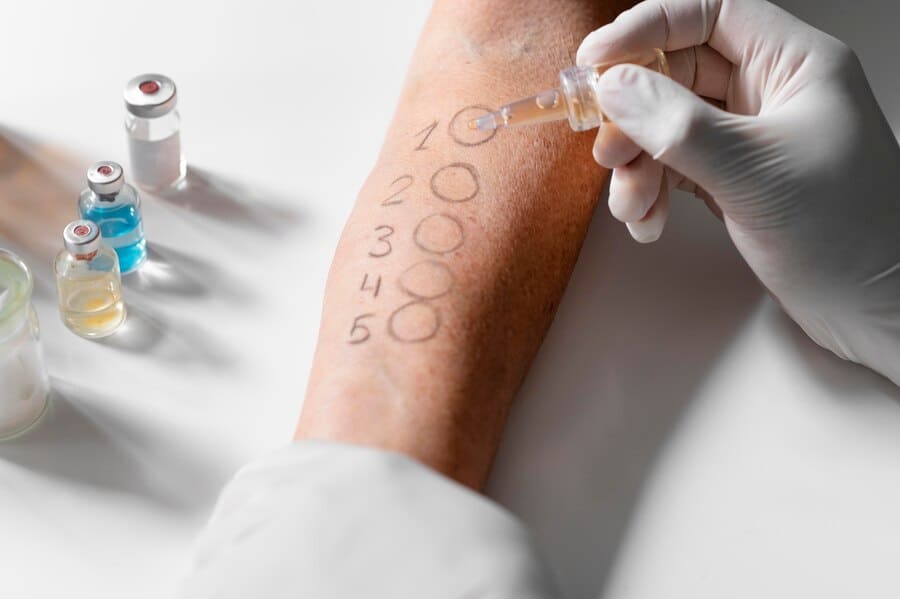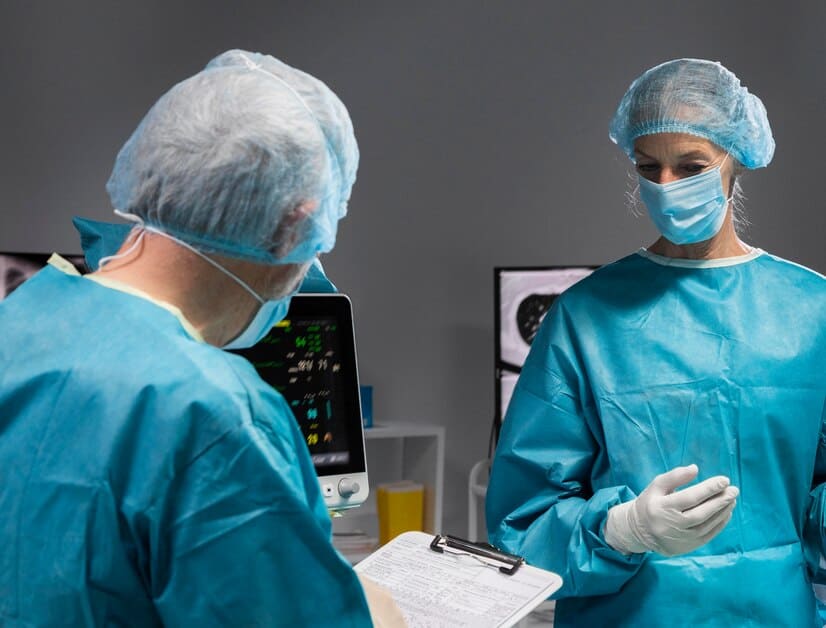Recent Services
- Otology
- Cochlear and Hearing implants
- Nose and Sinus (Rhinology)
- Voice and Throat (Laryngology)
- Dizziness and Vertigo (Neuro-otology)
- Children (Paediatric) ENT
- Snoring and sleep-apnea
- Head and neck cancer
- Thyroid swelling
- Head neck swelling
- Nasal Allergy- Allergin rhinitis
- Difficulty in swallowing
- Difficulty in breathing

Difficulty in breathing, or dyspnea, can signal various underlying respiratory or structural issues. Patients may feel shortness of breath, struggle to get enough air or experience increased effort while breathing. This symptom could be due to allergies, infections, asthma or airway obstructions. A comprehensive evaluation, including pulmonary function tests, imaging or endoscopy, helps identify the cause. Treatment may involve medications, lifestyle adjustments or surgical options tailored to the specific condition. Timely intervention is crucial for improving breathing and overall health. Our focus is on providing effective solutions to enhance respiratory function and well-being.





